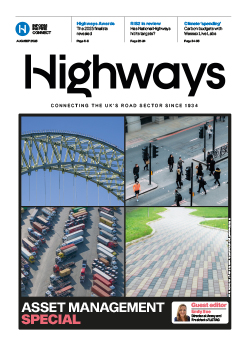New research suggests the average thinking time before breaking is more than double that set out in the Highway Code, prompting calls for the Government to increase its stopping distances ‘as a matter of urgency’.
Road safety charity, Brake, asked transport research agency TRL to provide evidence on the time taken by car drivers to perceive, recognise and react to emergency situations.
TRL referred to academic literature and concluded that the average thinking time is 1.5 seconds - more than double the 0.67 seconds set out in the Highway Code.
Brake said this means average total stopping distance - including thinking and braking distance - is an extra 2.75 car lengths (11 metres) at 30mph and an extra 3.75 car lengths (15 metres) at 40mph, compared with the distances used in the Code. This difference rises to an additional 6.25 car lengths (25 metres) at 70mph.
.jpg)
Source: Brake
Brake spokesman Jason Wakeford said: ‘‘Brake is calling on the Government to increase the stopping distances in the Highway Code as a matter of urgency.
'These figures suggest stopping distances taught to new drivers in the Highway Code fall woefully short. Even though car braking technology has improved in recent years, the majority of the overall stopping distance at most speeds is actually made up of the time taken to perceive the hazard and react.
‘A true understanding of how long it takes to stop a car in an emergency is one of the most important lessons for new drivers. Understanding true average thinking time reminds all drivers how far their car will travel before they begin to brake - as well as highlighting how any distraction in the car which extends this time, like using a mobile phone, could prove fatal.'
RAC spokesman Rod Dennis said: ‘These findings from Brake and TRL are striking and should be taken seriously. From time to time, new evidence will come to light that means it is necessary to update the Highway Code and perhaps this is one such instance.’





